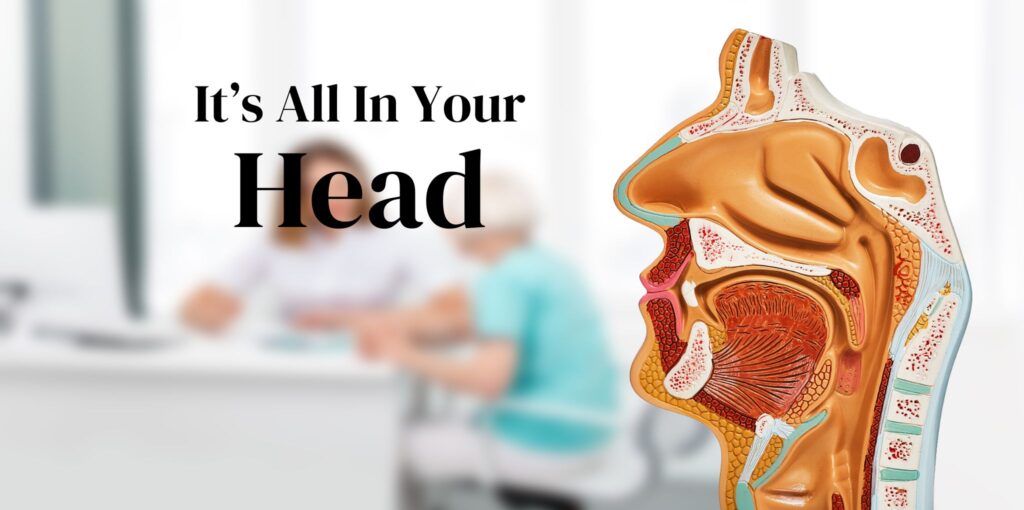SWALLOWING DISORDERS
One reason patients come to my office is because of difficulty swallowing or a feeling of a “lump” in the throat. Most of the reasons are minor and can be resolved, but some are signs of severe illness.
The actual act of swallowing is one of the most complex but coordinated movements in our body. It is divided into steps or phases. The first is the oral preparation phase, involving chewing food and getting it into small pieces moistened by saliva. Next is called the oral phase in which the tongue and other mouth muscles push food back into the upper throat, or pharynx. The pharyngeal phase involves muscles in the throat constricting down in a wave from top to bottom. Finally comes the esophageal phase. The esophagus is the tube connecting the back of the throat to the stomach. At the top of the esophagus is a circular band of muscle called a sphincter.
The upper esophageal sphincter (or UES) must relax and open to allow food or liquids to pass down. As I said, the whole action is complex with precise coordination of the contracting wave of the pharynx muscles moving down then at the right time the UES opens for just a few seconds then closes. Once the food is in the esophagus smaller muscle contractions push it into the stomach.
Problems with swallowing are called dysphagia. All of us have had the most common one, which is a “sore throat” usually a viral infection of the membrane lining the throat. Infections of the tonsils are also common. Most people don’t realize that we also have tonsil tissue in the lower throat (the lingual tonsils) which can also get infected.
The UES I mentioned is a very common source of problems swallowing that I see. It is designed to be tight like a hose clamp, most of the time. This prevents acid in the esophagus from coming up into our voice box then possibly into the lungs. Excessive acid “refluxing” from the stomach up the esophagus causes the muscle to spasm and get tight. As you can imagine, this muscle tightness is uncomfortable, and gives a feeling of a lump. in the throat.
Not only acid reflux causes the UES problem. Unfortunately as we age this muscle gets stiffer, more scarred, and often will not open normally. This is the major reason elderly people cough and “choke” with eating.
Fortunately, most problems with swallowing can be treated successfully. Most involve the old advice of diet change, exercise and weight management. One thing I have found to be very helpful for my patients are to have them not just drink more water but to drink alkaline water. We all eat and drink so many acidic foods and beverages daily that the acid affects all of our body. Alkaline water is a great relief to our bodies, especially our throats. It can be purchased at almost all grocery stores or in large bottles from suppliers.
https://tomstarkmd.com/
18059 HWY 105 W Montgomery,TX77356
936-582-7000
